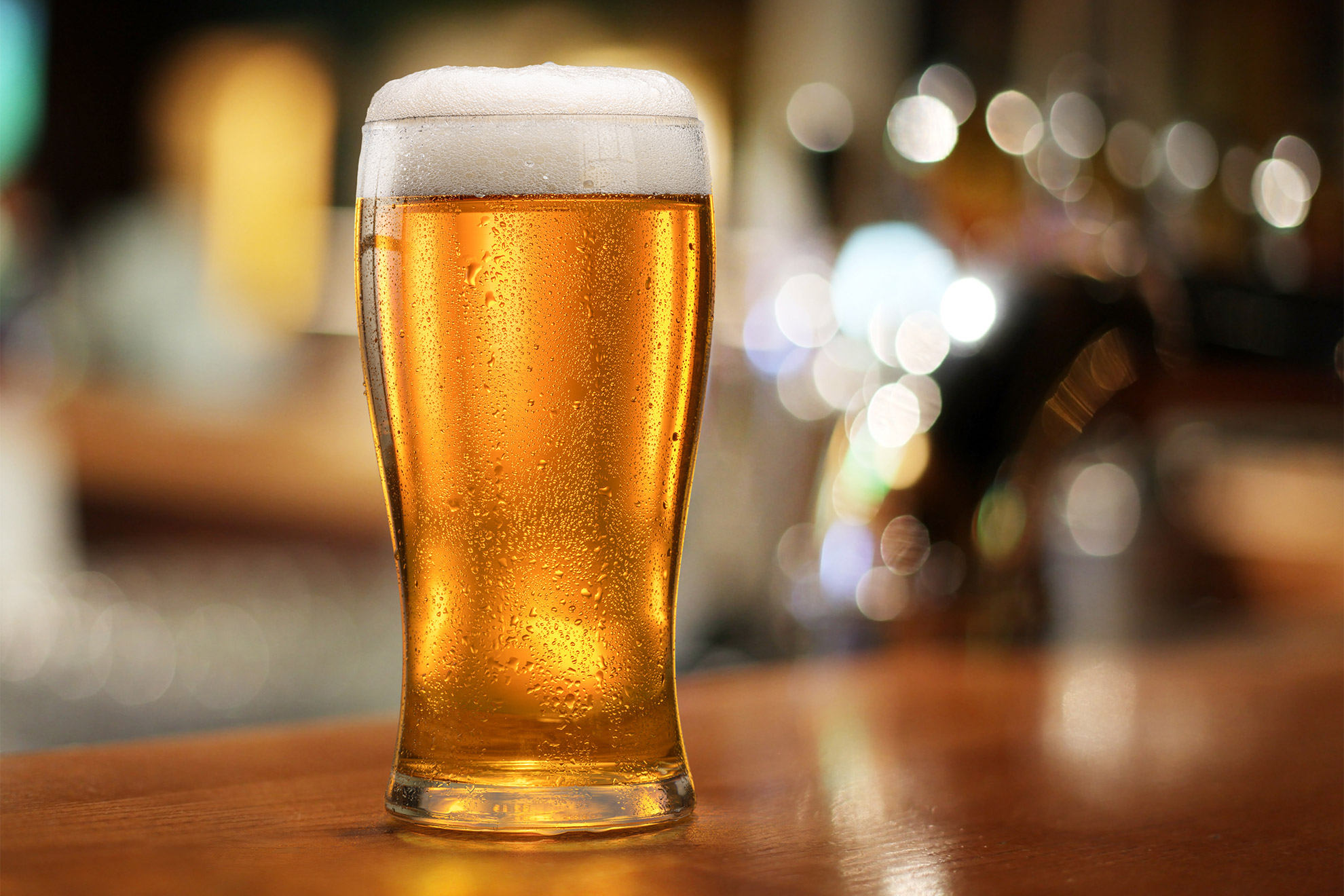
"For people in early recovery, stress often triggers cravings, and the struggle to resist those urges can create even more stress. Together, cravings and stress can lead to relapse. Stress and craving also tend to be associated with lower heart rate variability (HRV) - the natural variations in time between heartbeats, which reflects underlying health as well as how the body adapts to stress."
"Stress and craving also tend to be associated with lower heart rate variability (HRV) - the natural variations in time between heartbeats, which reflects underlying health as well as how the body adapts to stress. Special breathing exercises can raise heart rate variability and help regulate mood and improve cognitive control. Newer biofeedback devices can detect low heart rate variability and provide visual or auditory cues to guide breathing adjustments."
A non-drug wearable heart rate variability (HRV) biofeedback device supports people with severe substance use disorders in early recovery by detecting low HRV and guiding paced breathing to increase HRV. Lower HRV commonly accompanies stress and cravings, which often trigger relapse during the first year of recovery when self-awareness of emotional states is poor. Paced-breathing biofeedback raises HRV, regulates mood, and improves cognitive control, reducing craving and anxiety. Real-time visual or auditory cues prompt breathing adjustments. A substantial proportion of participants were less likely to use substances while wearing the device.
Read at Harvard Gazette
Unable to calculate read time
Collection
[
|
...
]